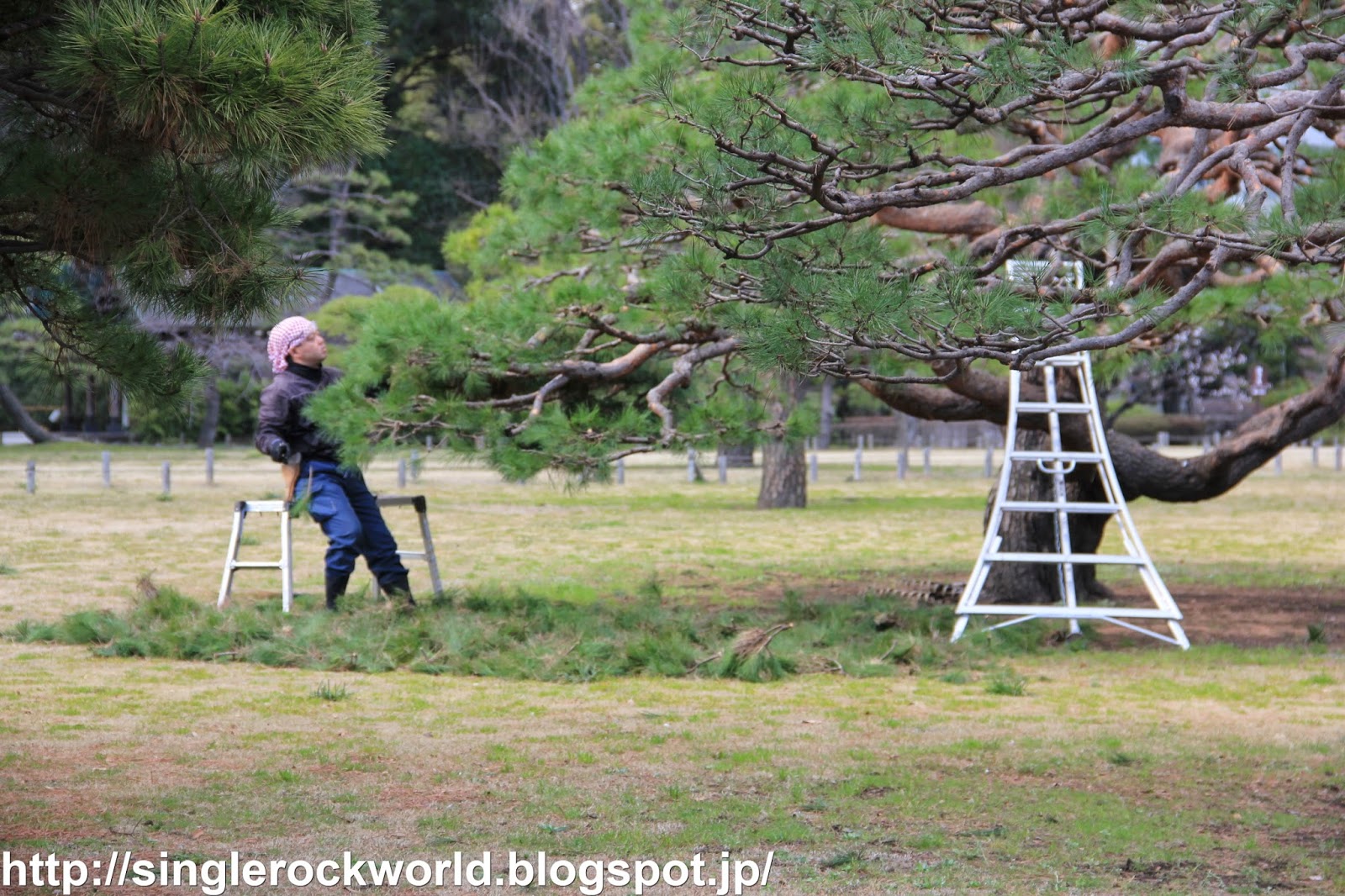I was browsing through my old photos before I stumbled upon this set of photos which I have taken 3years ago, but never had the time to write about it. Looking at these photos made me feel lucky that I stay in Japan and that I am able to experience all of these beautiful scenery in Japan. I realised that this post might be a bit early, but consider it as a teaser on what to expect in the spring if you are in Tokyo.
Located at the mouth of the Sumida River, Hamarikyu Garden was once a feudal lord's residence during the Edo Period (1603-1867). During the same time, the garden was also used as a duck hunting ground. For a while, the garden served as a strolling garden and as an imperial detached palace. Today, it is a public park surrounded by skyscrapers with ducks swimming peacefully in the pond of the Hamarikyu Garden.
You can still witness the surviving structures from its multiple roles over the centuries, such as the old moat wall, the preserved duck blinds, the wooden bridge and a traditional Japanese tea house. The landscape of the garden evolves around the Shioiri Pond while the whole garden is surrounded by a seawater moat.
Events are held regularly, such as the Japanese falconry during the New Year and the annual Tokyo Grand Tea Ceremony. However, you don't have to wait for the annual Tea Ceremony as you can also enjoy the tea ceremony for 500yen at the teahouse, Nakajima no-ochaya.
Another cool thing you can do in this garden is to rent for free their excellent English audio guide service from the ticket office. If you are a history buff, then, you should rent this audio guide. In this audio guide, you can self-guided to the walking courses around the garden. Each walking course lasts around 60-90minutes and you will learn about the history, the historical spots and the flora (not so much on the fauna except for the ducks).
In March, a field of rapeseed flower or in Japanese, it's called the nanohana (菜の花) provides a carpet of yellow colour that contrasts beautifully with the skyscraper in the background. It is a view that you won't find anywhere else in the city.
To me, Hamarikyu Garden is a beautiful garden to go to in any season, but the seasonal flower makes the garden even more spectacular. The best time to view the rapeseed flowers is between the second and third week of March.
This is the best place in Tokyo to view this magnificent rapeseed flower. The other great place to bask yourself in a field of yellow rapeseed flower would be the Showa Kinen Park.
How to get there
The Hamarikyu Garden is a 10-15 minute walk from JR Shimbashi Station. Or alternatively, you can get to the park from Shiodome Station serviced by the Oedo Subway Line and the Yurikamome Line for a 5-10 minute walk.
If you want to get to the garden in a unique way, you can take a boat ride from Asakusa to Hamarikyu Garden on the Tokyo Water Bus (水上バス, Suijō Basu). This is one of the gardens in Tokyo you can access by the waterway. The journey by the water bus is only 35 minutes and 740 yen per way. The admission to the garden has to be paid separately. Please note that to return to Asakusa from Hamarikyu Garden, you will have to make a small detour and the journey is 10mins extra.
 |
| The waterbus |
Opening Hours and Admission Fees
Hours: 9:00 to 17:00 (entry until 16:30)
Closed: December 29 to January 1
Admission: 300 yen
Location and Website
1-1, Hama Rikyu-teien, Chuo-ku, Tokyo 104-0046
http://teien.tokyo-park.or.jp/en/hama-rikyu/ (in English)
So, instead of pink, how about starting the spring with yellow?








